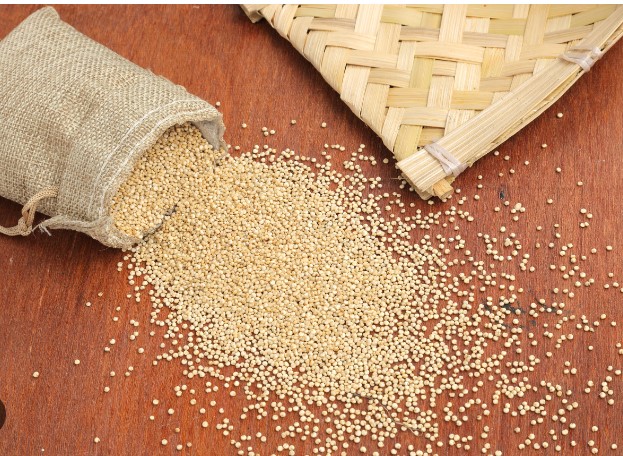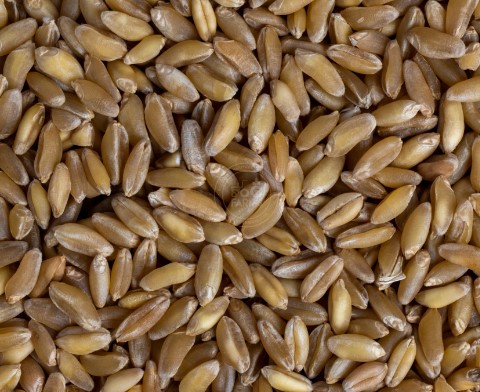- Little millet, scientifically known as Panicum sumatrense, is a small-grained cereal crop belonging to the Poaceae family. Here are some facts about little millet:
- Origin and Distribution: Little millet is believed to have originated in India and has been cultivated for centuries in various parts of Asia, including India, China, Sri Lanka, and Myanmar. It is also grown in parts of Africa and is gaining popularity in other regions due to its nutritional benefits.
- Culinary Uses: Little millet is commonly used as a staple food in many parts of India and other Asian countries. It can be cooked and consumed as a whole grain, similar to rice or other grains, or ground into flour for making porridge, bread, noodles, and other baked goods. It is also used in the preparation of traditional dishes such as dosa (pancake), idli (steamed cake), and upma (savory porridge).
- Nutritional Composition: Little millet is highly nutritious, offering a range of essential nutrients. It is rich in carbohydrates, dietary fiber, and protein, and it also contains vitamins (especially niacin and thiamine) and minerals (including calcium, iron, magnesium, and phosphorus). Little millet is gluten-free, making it suitable for individuals with gluten intolerance or celiac disease.
- Environmental Benefits: Little millet cultivation can offer environmental benefits such as soil conservation and biodiversity preservation. Its deep root system helps prevent soil erosion and improves soil structure, while its cultivation promotes crop rotation and diversification in agricultural systems.
- These facts underscore the importance of little millet as a nutritious food source, a resilient crop in challenging environments, and a key component of sustainable agricultural systems worldwide.












Reviews
There are no reviews yet.